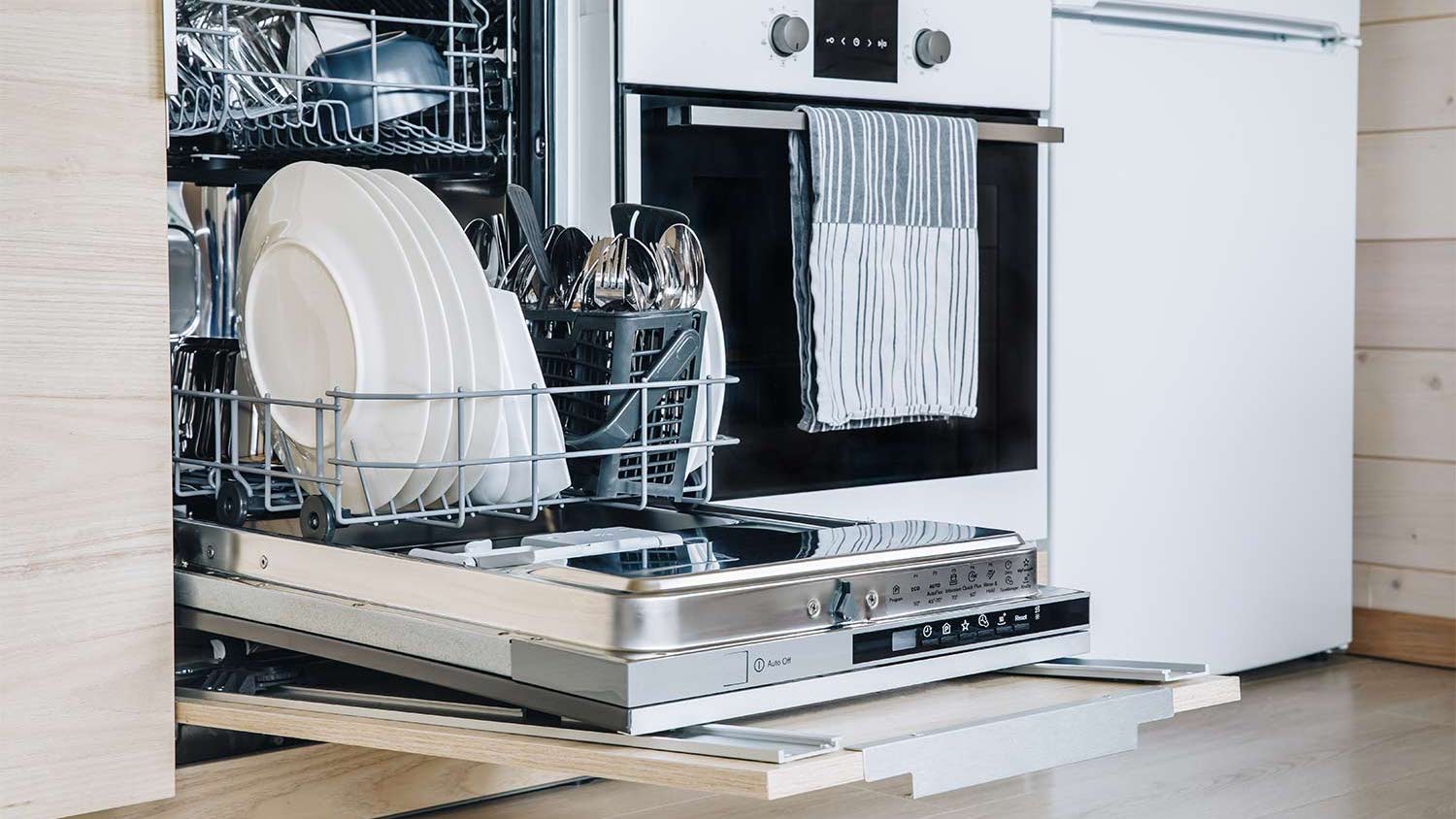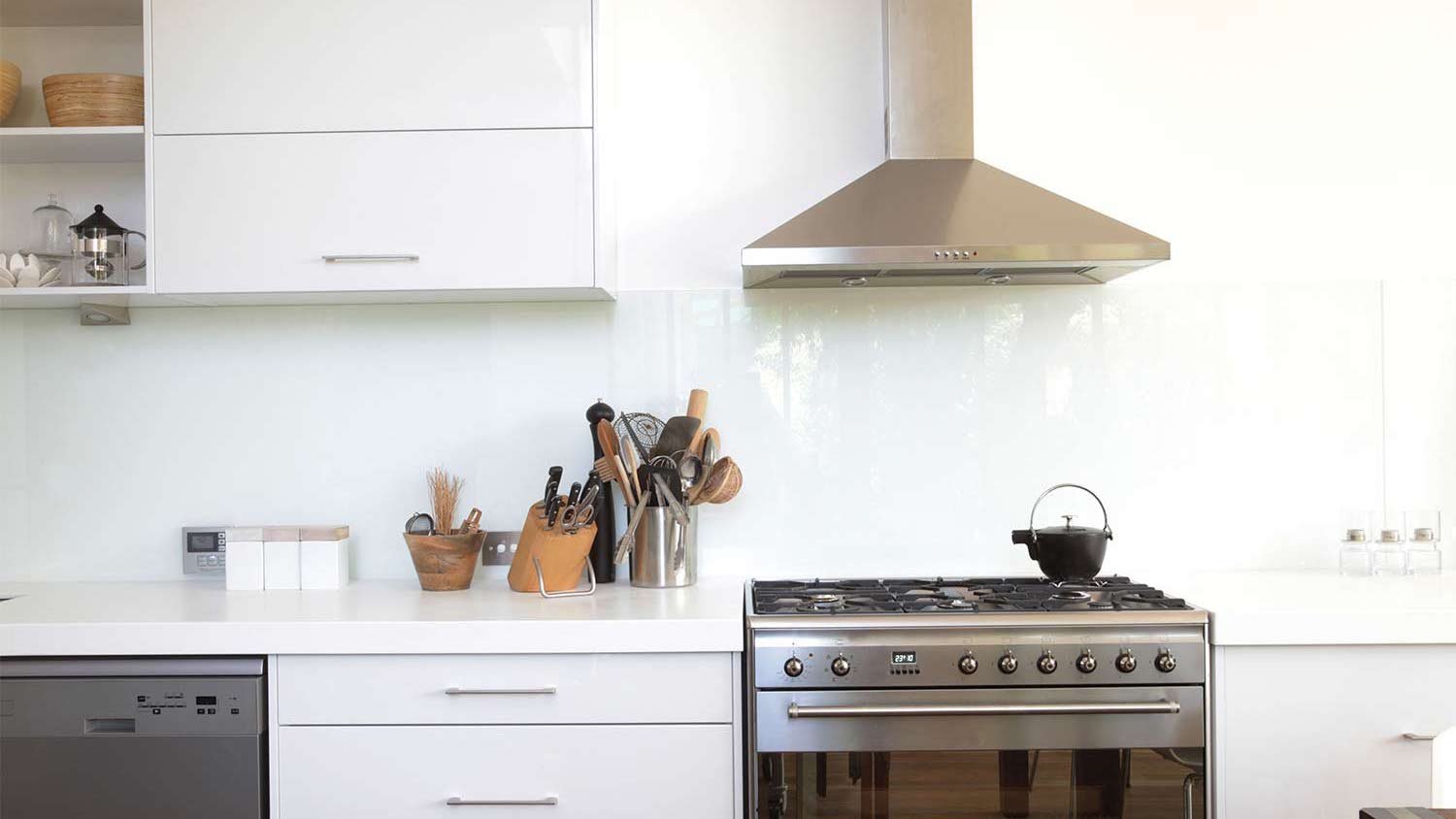
If your refrigerator has been damaged, refrigerator door dent repair cost will vary based on the imperfection's size, depth, and location. Use our guide to estimate how much you'll spend on refrigerator dent repair.
A little bit of maintenance can go a long way towards extending the life of your kitchen appliances


With minor TLC, you can make your workhouse appliances last longer. Read on to learn 15 ways you can help your fridge, dishwasher, oven, stove, range, and microwave perform well for years.
To release heat, most fridges need several inches of space around their tops and sides. If you place your appliance in a tight area, its compressor might overheat and fail.
Fridge coils tend to become caked with dust, especially if you have pets. Dirty coils force condensers to work harder to release heat. To keep your fridge in good working condition, clean condenser coils at least once a year. After unplugging the fridge, find the coils (located in the back or across the bottom). Then, use a coil brush or vacuum.
Wipe down the door gasket often with warm water and a sponge. In addition to cutting down on air leaks, this step can prevent gasket tears.

Large particles of food can clog the drain hose, tear the filter, or damage the pump. Regularly check spinners for buildup. If you see debris in any holes, use a toothpick or skewer to remove it.
Too much soap can accumulate in dishwashers and strain the pump/motor assembly and spray arm. Check your appliance’s manual for how much detergent to use.
Each month, clean out the filter by rinsing and discarding any debris. If your filter has any holes, replace it. If small, hard bits make their way into the pipe, they can damage the mechanisms.
Regularly clean the seal between the dishwasher door and tub using a rag and white vinegar. By doing so, you’ll discourage mold growth and allow the door to seal properly.

Lining an oven with foil can interfere with the flame. Plus, the heat reflected off the foil could burn out the heating elements.
Avoid squirting cleaning fluid directly onto knobs or controls. Since these are electric components or lead to electrical elements, the liquid could cause them to short circuit. Instead, spray cleaner onto a rag or paper towel and then wipe down parts. Also, be sure to clean out the inside of your oven and wash vent hood filters in the top rack of the dishwasher or by hand.
This feature uses intense heat that can prematurely wear out your oven. Simply remove the racks and wash them by hand or in the dishwasher.
If you leave bits of food behind, they can absorb some of the microwave’s energy when it’s turned on again. This can result in a hot spot, which can damage the interior.
Look for the filter on the underside of your microwave. By cleaning it often, you’ll help your appliance run more efficiently, avoid microwave repair, and cut down on the risk of a fire. Slide out the filter and soak it in hot water and detergent.
Since the parts allowing the door to close are plastic, slamming the door could break them. If your microwave door doesn’t close properly, your appliance won’t operate.
Metals can cause sparks to fly. If metals touch the inside of the microwave, any arcing can burn a hole in the cavity wall.
If you tell your microwave to cook for too long—say, 50 minutes instead of five—your machine can fry itself. Be careful to enter correct, reasonable cooking times.
From average costs to expert advice, get all the answers you need to get your job done.

If your refrigerator has been damaged, refrigerator door dent repair cost will vary based on the imperfection's size, depth, and location. Use our guide to estimate how much you'll spend on refrigerator dent repair.

Looking to keep warm this winter without the high utility bills? Use this pellet stove installation cost guide to see what a natural heating solution will cost.

If your dated appliances don't impress, it's time for a refresh. We break down the cost to refinish appliances, including ovens, refrigerators, washers, and more.

It may seem like there are a zillion types of wood stoves—but there are really two main categories (and other decisions to make from there). Learn more here.

Washing machine not spinning? Don’t panic—just because it appears to be broken doesn’t mean you can’t get your washer running again. Read on to learn how.

Is your washing machine not draining? This is often an easy problem to fix. Keep reading to learn how to drain a washing machine.